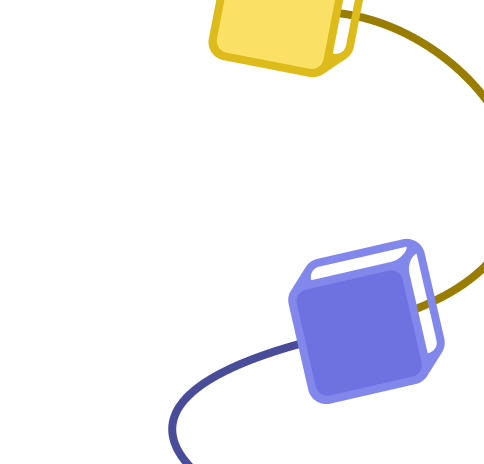


Facebook Graph API and HTTP Request integration
Save yourself the work of writing custom integrations for Facebook Graph API and HTTP Request and use n8n instead. Build adaptable and scalable Development, and Core Nodes workflows that work with your technology stack. All within a building experience you will love.
How to connect Facebook Graph API and HTTP Request
- Step 1: Create a new workflow
- Step 2: Add and configure nodes
- Step 3: Connect
- Step 4: Customize and extend your integration
- Step 5: Test and activate your workflow
Step 1: Create a new workflow and add the first step
In n8n, click the "Add workflow" button in the Workflows tab to create a new workflow. Add the starting point – a trigger on when your workflow should run: an app event, a schedule, a webhook call, another workflow, an AI chat, or a manual trigger. Sometimes, the HTTP Request node might already serve as your starting point.
Step 2: Add and configure Facebook Graph API and HTTP Request nodes
You can find Facebook Graph API and HTTP Request in the nodes panel. Drag them onto your workflow canvas, selecting their actions. Click each node, choose a credential, and authenticate to grant n8n access. Configure Facebook Graph API and HTTP Request nodes one by one: input data on the left, parameters in the middle, and output data on the right.
Step 3: Connect Facebook Graph API and HTTP Request
A connection establishes a link between Facebook Graph API and HTTP Request (or vice versa) to route data through the workflow. Data flows from the output of one node to the input of another. You can have single or multiple connections for each node.
Step 4: Customize and extend your Facebook Graph API and HTTP Request integration
Use n8n's core nodes such as If, Split Out, Merge, and others to transform and manipulate data. Write custom JavaScript or Python in the Code node and run it as a step in your workflow. Connect Facebook Graph API and HTTP Request with any of n8n’s 1000+ integrations, and incorporate advanced AI logic into your workflows.
Step 5: Test and activate your Facebook Graph API and HTTP Request workflow
Save and run the workflow to see if everything works as expected. Based on your configuration, data should flow from Facebook Graph API to HTTP Request or vice versa. Easily debug your workflow: you can check past executions to isolate and fix the mistake. Once you've tested everything, make sure to save your workflow and activate it.
Popular Facebook Graph API and HTTP Request workflows
✨🤖Automate Multi-Platform Social Media Content Creation with AI
✨🩷Automated Social Media Content Publishing Factory + System Prompt Composition
AI-Powered Social Media Content Generator & Publisher
Publish WordPress Posts to Social Media X, Facebook, LinkedIn, Instagram with AI
Generate Instagram Content from Top Trends with AI Image Generation
AI marketing report (Google Analytics & Ads, Meta Ads), sent via email/Telegram
Build your own Facebook Graph API and HTTP Request integration
Create custom Facebook Graph API and HTTP Request workflows by choosing triggers and actions. Nodes come with global operations and settings, as well as app-specific parameters that can be configured. You can also use the HTTP Request node to query data from any app or service with a REST API.
Facebook Graph API and HTTP Request integration details

Facebook needs no introduction. It is an online social networking and media service that gathers people from all parts of the world, from different backgrounds, and allows them to promote their businesses and services, share, react to and comment on all types of content, and communicate and message their friends.

FAQs
Can Facebook Graph API connect with HTTP Request?
Can I use Facebook Graph API’s API with n8n?
Can I use HTTP Request’s API with n8n?
Is n8n secure for integrating Facebook Graph API and HTTP Request?
How to get started with Facebook Graph API and HTTP Request integration in n8n.io?
Need help setting up your Facebook Graph API and HTTP Request integration?


HTTP request, "impersonate a user" dynamic usage error

Why is my code getting executed twice?

How to send a single API request with one HTTP node execution, but an array of parameters in it (like emails[all]?)?

Start a Python script with external libraries - via API or Command Execution?
Looking to integrate Facebook Graph API and HTTP Request in your company?
Why use n8n to integrate Facebook Graph API with HTTP Request
Build complex workflows, really fast







